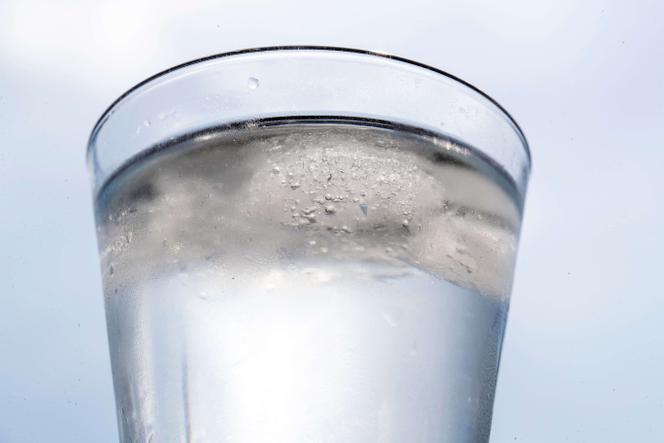


Trifluoroacetic acid (TFA) – the smallest of the "forever chemicals" – is present everywhere, but how problematic are the general population's exposure levels? On September 23, MEPs and European Union member states agreed to include the chemical, a member of the per- and polyfluoroalkyl substances (PFAS) family, known as "forever chemicals," in water resource monitoring plans. Since 2024, EU health authorities have also been engaged in a process of reassessing the risks it poses to human health.
In a report published on Monday, September 29, the Pesticide Action Network (PAN) Europe sheds new light on this process. The Brussels-based NGO obtained access to confidential documentation that chemical industry stakeholders provided to EU authorities for the purpose of calculating the acceptable daily intake standards for TFA.
In the report, PAN Europe denounces the chemical industry's strategy as aiming to minimize TFA's potential impacts and pushing for a high threshold, which would fail to adequately protect human health. The European Food Safety Authority (EFSA) has initially proposed an acceptable daily intake level of 0.03 milligrams per kilogram (mg/kg) per day; after reviewing the submitted studies, the EFSA is expected to set the final threshold at the start of 2026.
You have 83.16% of this article left to read. The rest is for subscribers only.
